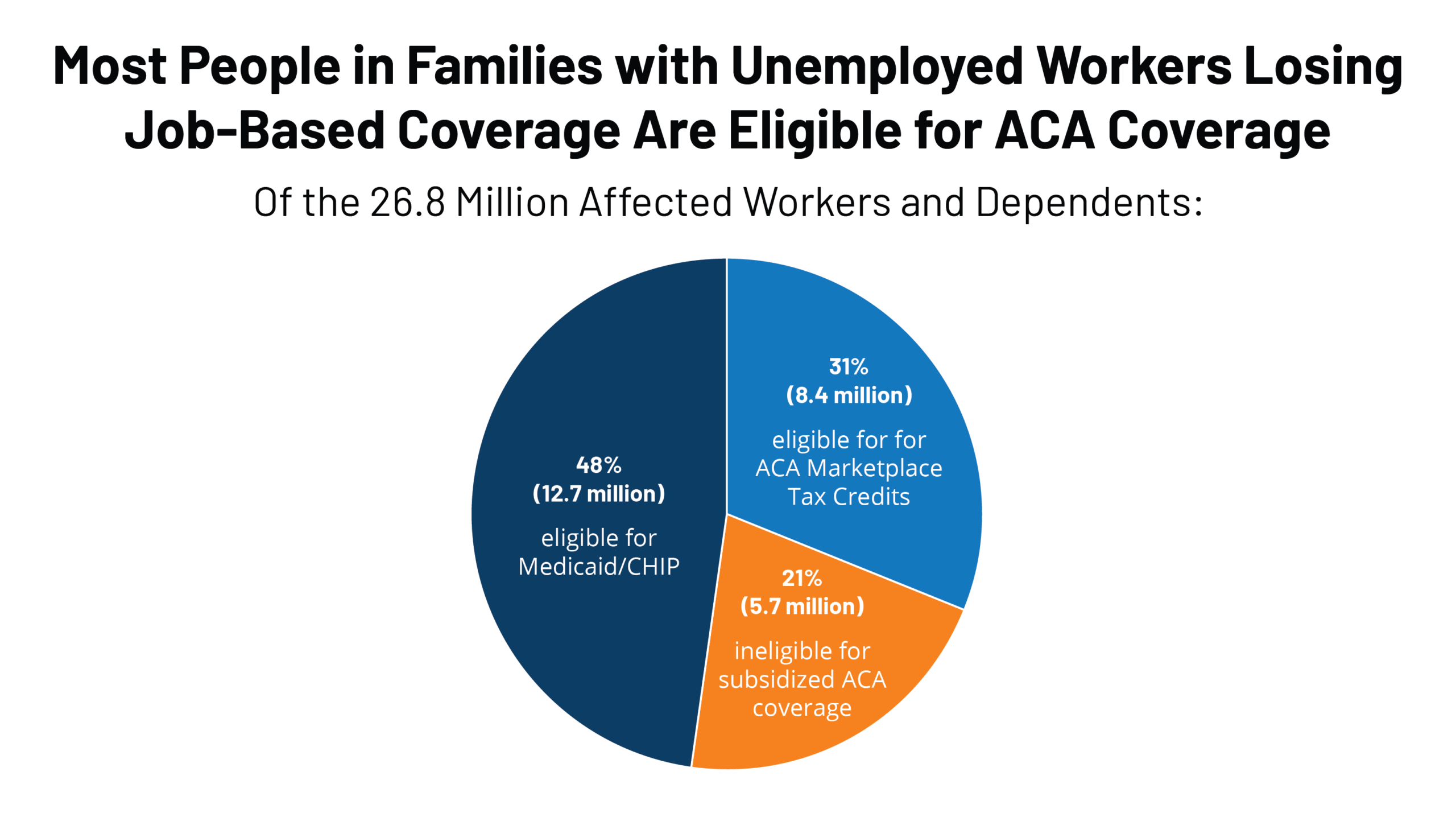Texas has achieved a major milestone in healthcare enrollment—but it may be short-lived. In 2024, nearly 4 million Texans signed up for health coverage through the Affordable Care Act (ACA), the highest number since the healthcare marketplace was introduced 12 years ago. However, policy changes in a newly passed federal tax and spending bill could lead to as many as 1.7 million Texans losing their insurance—a potential healthcare crisis.
📉 Why Are So Many Texans at Risk?
ACA Premium Subsidies Are Set to Expire
The enhanced premium subsidies—federal financial assistance that helped millions afford coverage—are ending. These subsidies were introduced to reduce monthly premium costs for low- and middle-income families. In Texas, 95% of ACA enrollees currently receive this assistance, making the state especially vulnerable to coverage loss once that support disappears.
Without these discounts, premiums could skyrocket, pricing many families out of the health insurance market.
New Restrictions Under the Latest Policy Bill
-
Ends automatic plan renewals — requiring millions to manually re-enroll.
-
Adds more paperwork — increasing the burden on individuals to prove income and eligibility.
-
Reduces open enrollment to one month only — limiting time to take action.
-
Ends year-round enrollment in 2026 for people earning under 150% of the federal poverty level.
These changes make it harder to sign up and stay covered, particularly for lower-income groups who are already navigating complex systems.
Immigrant Coverage Impacted Too
The new bill blocks certain immigrant groups from accessing ACA marketplace coverage altogether. This includes:
-
DACA recipients
-
Refugees
-
Individuals with Temporary Protected Status
-
Asylees
For these populations, already facing limited access to healthcare, this exclusion creates even deeper coverage gaps.
🏥 Texas Already Has the Nation’s Highest Uninsured Rate
Unlike most U.S. states, Texas has not expanded Medicaid. This leaves many low-income adults relying solely on ACA coverage to fill the gap.
Key Points:
-
Texas’s uninsured rate dropped from 24% in 2010 to 17% in 2023—mainly due to ACA adoption.
-
Around 2.5 million ACA enrollees in Texas earn just above the poverty line, the income range typically eligible for Medicaid in states that expanded it.
-
Texas Medicaid eligibility is extremely limited—primarily covering children, seniors, pregnant women, or adults earning below $300 monthly for a family of four.
This lack of Medicaid expansion increases Texas’ dependency on the ACA. With ACA subsidies ending and new barriers being introduced, the state’s most affordable path to coverage is now uncertain.
📊 Experts Warn of a Major Drop in Coverage
Some analysts believe this could be the largest loss of health coverage in Texas since the Affordable Care Act was first enacted.
The comparison has even been made to the Great Recession, when millions nationally lost employer-based insurance due to job loss. The expected scale of coverage loss in Texas may surpass even those numbers.
🧾 Will Medicaid Cuts Affect Texas Too?
While the new bill includes Medicaid work requirements, their direct impact on Texans will be smaller. Since Texas never expanded Medicaid coverage, the number of residents affected is lower compared to other states. Still, about 200,000 Texans could lose Medicaid, further stressing a fragile system.
💥 What’s the Bigger Picture?
Losing coverage isn’t just a personal problem—it has system-wide consequences:
-
Higher premiums for everyone due to a smaller, riskier insurance pool
-
More unpaid hospital bills, straining local hospitals and clinics
-
Increased public health concerns as more people lose access to preventive care
📝 What Should Texans Do Now?
For Current ACA Enrollees:
-
Stay alert on enrollment updates
– With a shorter window and no auto-renewals, missing key dates could mean losing covera -
Prepare for documentation
– The new rules will require more income verification and eligibility pro -
Look into local resources
– Community health organizations and insurance navigators can help families through re-enrollme
For Those Losing Eligibility:
-
Stay informed on alternative coverage options, such as CHIP, local health programs, or free clinics in your area.
-
Watch for new state-level subsidies or solutions, as some regions may try protecting their residents from federal cuts.
✅ Final Thoughts
Unless federal or state lawmakers take action soon, Texas is heading toward a health insurance crisis that could leave 1.7 million people uninsured. With enhanced subsidies ending and tougher enrollment rules kicking in, the state’s most vulnerable populations stand to lose the most.

With Texas already leading the country in the number of uninsured residents, this development threatens to reverse a decade of coverage progress—and place new pressure on families, hospitals, and the broader healthcare system.